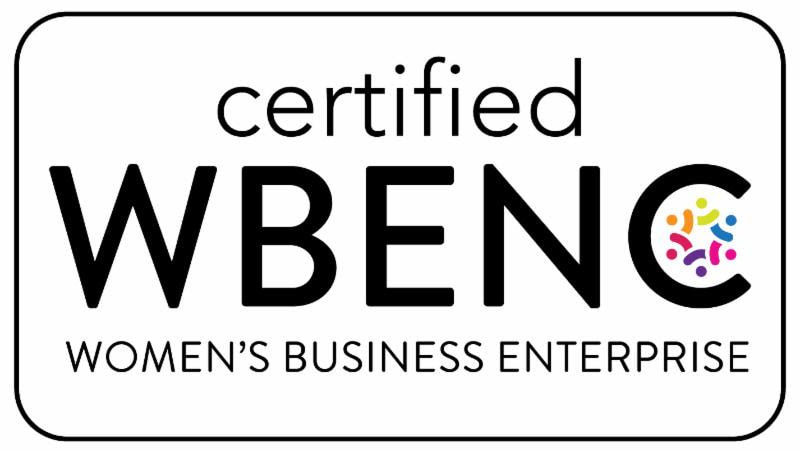|
As we enter summer, things in the U.S. are changing rapidly and customer priorities are shifting, too. Although it might not be top of mind at the moment, now is the perfect time to refresh your brand messaging strategy and de-pandemic your digital marketing.
While it’s important to continue to communicate up-to-date safety information, now is the time to de-pandemic your digital messaging and website so customers feel ready to connect with you face-to-face. Here's why... While a certain amount of your content should be directed toward time-sensitive items, evergreen marketing can be just as beneficial to your digital content efforts. From blog posts to tweets, evergreen topics provide a cost-effective, consistent way to reach existing and new audiences. In this blog post, we share strategies you can use to grow your evergreen marketing content.
In our free Social Media and Google Analytics guide, we share our four favorite Google Analytics reports related to social media. These reports help us understand:
Have you taken a look at all of the pages on your website recently? How about the depths of your Twitter account? Chances are there’s a page lingering somewhere in the dark corners of a drop down menu that hasn’t been updated in a while. In this post, we’ll take a look at four different ways to assess the freshness of your content.
 We talked to entrepreneur (and client) Derek Notman of Intrepid Wealth Partners about why it's so important to have talking points for your business. Similar to an elevator pitch, talking points are a set of 3-5 bulletpoint statements that explain what you do, who you do it for, and what the main benefits of what you do are for your customers. Tell us about what you do. As a certified financial planner I specialize in working with entrepreneurs, from startup through exit, on their financial planning to help them realize their hopes, dreams & goals. This video from entrepreneur Marie Forleo has some really excellent advice on shifting the focus of your website copy away from yourself, to focus on your customers' needs and wants. You can head over to Marie Forleo's blog to read her full post. Our Approach to Content StrategyWhen we start working with a client on content strategy, we advocate taking a similar approach. We often start with the following types of exercises:
|







 RSS Feed
RSS Feed




